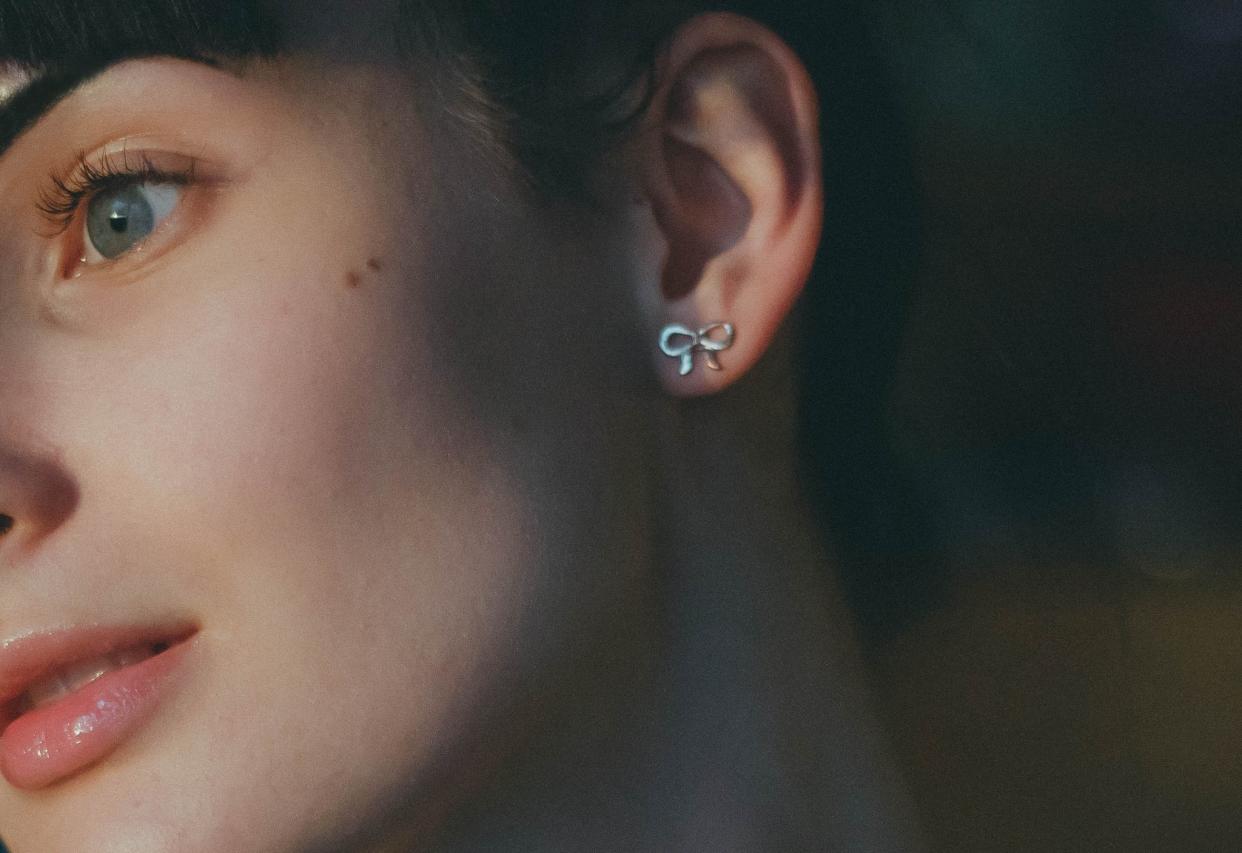Earlobe fillers are the next non-surgical cosmetic trend

We’ve all heard of cheek and lip fillers before.
The idea being that thanks to hyaluronic acid or collagen, whatever part of our face it is we feel needs plumping, we can get it done without needing to undergo surgery.
But while wanting fuller lips is hardly that shocking, a newly-popular part of the body to get done is a bit more surprising; earlobes.
Yep – the latest trend is earlobe fillers in order to make your ears appear more youthful.

“For those in their 40s or older, the collagen of the ear may deteriorate to the point that the earlobe looks flabby and wrinkled,” dermatologist Kenneth R. Beer told New Beauty.
“In these patients, I inject fillers to restore a more youthful, less-shrivelled lobe.”
As well as an anti-ageing procedure, it’s also for women who’ve worn super-heavy earrings often and had their earlobe holes stretched as a result.
Before & After of Restylane Filler #restylane #fillers #beerdermatology #earlobe #injections
A post shared by Beer Dermatology (@beer_dermatology) on May 31, 2017 at 7:50am PDT
“In general, women who are used to wearing larger earrings or who’ve had significant sun exposure and simply want to have less wrinkled lobes are all good candidates for this procedure,” Dr Beer explained.
Dr Beer uses a hyaluronic acid filler, and if you want the procedure done to recommends getting it every six months for the first two years and then around once a year after this.
So maintaining super-youthful earlobes takes rather a lot of dedication.
Follow us on Instagram and Facebook for non-stop inspiration delivered fresh to your feed, every day. For Twitter updates, follow @YahooStyleUK.
Read more from Yahoo Style UK:
Model posts about the reality of shopping for a bikini as a curvy woman
Male plus-size Instagrammer wants men to be included in the body-positive movement
7 shaving mistakes you’re probably making – and how to avoid them


